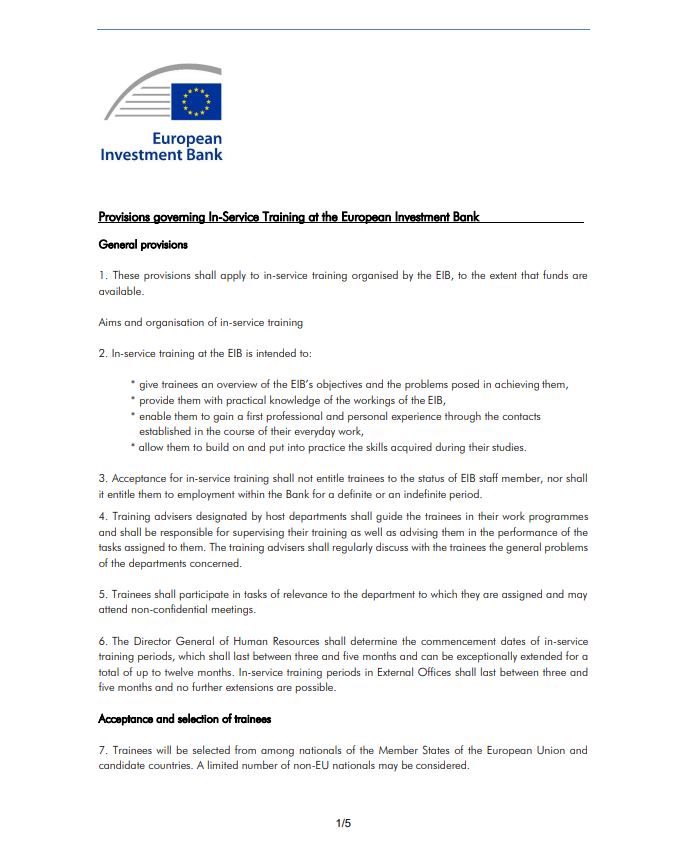
Description
Do capital expenditures determine debt issues?
The paper is organised as follows. The first section describes the aggregate accounts of the companies in our sample and presents the most relevant summary statistics. In the second section, after proposing an empirical specification that is broadly consistent with the main theories of capital structure, we discuss the results from estimation of the model. The third and final section concludes. Excellent survey material on capital structure can be found in Harris and Raviv (1991) and the recent “red book” of the Deutsche Bundesbank and the Banque de France edited by Sauvé and Sheuer (1999). Therefore, we do not feel compelled to discuss the existing literature in general terms. Rather, we refer to selected specific papers as the need arises in the discussion.
All publications in this series
- How bad is the Ukraine war for the European recovery?
- Recharging the batteries
- Unlocking digital connectivity in Africa
- A partnership with Africa
- Artificial intelligence, blockchain and the future of Europe
- Artificial intelligence, blockchain and the future of Europe - Executive Summary
- Rural connectivity toolkit
- The digitalisation of small and medium-sized enterprises in Italy: Models for financing digital projects - Summary Report
- The rise of Africa’s digital economy
- Accelerating the 5G transition in Europe
- Accelerating the 5G transition in Europe - Executive summary
- The EIB COVID-19 Economic Vulnerability Index - An analysis of countries outside the European Union
- From starting to scaling
- Three foundations: A competitive, sustainable, inclusive Europe
- Feeding future generations: How finance can boost innovation in agri-food
- Feeding future generations: How finance can boost innovation in agri-food - Executive summary
- Smart Cities, Smart Investment in Central, Eastern and South-Eastern Europe
- Investing in Europe’s future: the role of education and skills
- Inequality in Europe
- Migration and the EU: Challenges, opportunities, the role of EIB
- Restoring EU competitiveness
- Unlocking lending in Europe
- ECON Note - The impact of the recession in 2008-2009 on EU regional convergence
- ECON Note - PPPs and their financing in Europe
- ECON Note n°02-2012 - EIB Priorities Studies
- ECON Note n°01-2012 - EIB Priorities Studies
- Economic and Financial Reports Volume 01/2010
- Economic and Financial Reports Volume 05/2010
- Economic and Financial Reports Volume 04/2010
- Innovation and productivity growth in the EU services sector
- Economic and Financial Reports Volume 02/2010
- Economic and Financial Reports Volume 03/2010
- Economic and Financial Reports Volume 01/2009
- Economic and Financial Reports Volume 01/2008
- Economic and Financial Reports Volume 02/2007
- Economic and Financial Reports Volume 03/2007
- Economic and Financial Reports Volume 01/2007
- Economic and Financial Reports Volume 03/2006
- Economic and Financial Reports Volume 02/2006
- Economic and Financial Reports Volume 01/2006
- Economic and Financial Reports Volume 03/2005
- Economic and Financial Reports Volume 02/2005
- Economic and Financial Reports Volume 01/2005
- Economic and Financial Reports Volume 02/2004
- Economic and Financial Reports Volume 01/2004
- Economic and Financial Reports Volume 02/2003
- Economic and Financial Reports Volume 01/2003
- Economic and Financial Reports Volume 02/2002
- Economic and Financial Reports Volume 01/2002
- Economic and Financial Reports Volume 03/2001
- Economic and Financial Reports Volume 01/2001
- Economic and Financial Reports Volume 02/2000
- Economic and Financial Reports Volume 01/2000
- Economic and Financial Reports Volume 02/1999
- Economic and Financial Reports Volume 01/1999


